Jharkhand (JSSC) PRT Paper III Mock Test - 5 - Jharkhand (JSSC) PRT/TGT MCQ
30 Questions MCQ Test Jharkhand (JSSC) PRT Exam Mock Test Series 2025 - Jharkhand (JSSC) PRT Paper III Mock Test - 5
What is the name given to the Old Parliament Building?
The 2030 FIFA World Cup will be hosted in how many continents?
Consider the following pairs:
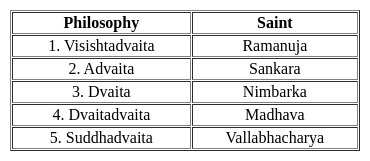
Which of the pairs given above is/are correct?
Which one of the following is the correct chronological order of the battles fought in India in the 18th Century?
Which of the given statements about 'Treaty of Vienna' of 1815 are correct?
(I) In 1815, representatives of the European powers – Britain, Russia, Prussia and Austria – who had collectively defeated Napoleon, met at Vienna.
(II) The Vienna Congress was hosted by the Austrian Chancellor Duke Metternich.
Identify which of the following latitudes are correctly matching,
1. Indian Standard Meridian ⇒82°30'E
2. Frigid Zone ⇒ 66°30’N & S to Pole
3. Antarctic circle ⇒ 66°30’N
4. Roaring Forties ⇒ 40°S and 50°S
Which of the following statement is/are not correct about objective resolution?
The Confederation of Indian Industry has sought the inclusion of tourism in the concurrent list to enable the Centre and States to effectively regulate the sector.
1. The 7th Schedule of the Indian Constitution includes the subjects of the concurrent list.
2. Public Health, Livestock falls under the concurrent list.
Which among the above statements is/are correct?
Article 1 of the Constitution declares India as :
What is the value of 0.9276 + 0.264 + 0.024 + 0.0524 + 0.2845 + 0.29?
Among the fractions  and
and  , which is the smallest fraction?
, which is the smallest fraction?
A person crosses a 600 meter long street in 5 minutes. What is his speed in kilometer per hour?
Select the option which is related to the third word in the same way as the second word is related to the first word.
FEJI ∶ HGLK ∶∶ NMRQ ∶ ?
Select the figure that will replace the question mark (?) in the following series.



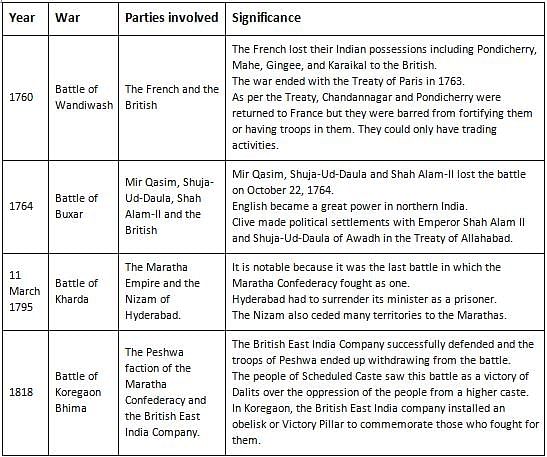
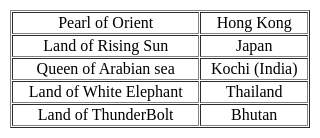
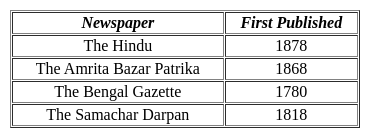
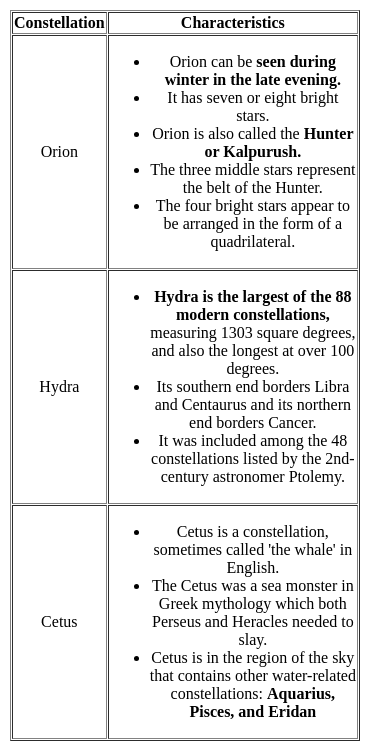


 and
and 
 ,
,  ,
,  , and
, and  ,
, is the smallest fraction
is the smallest fraction m/sec
m/sec















